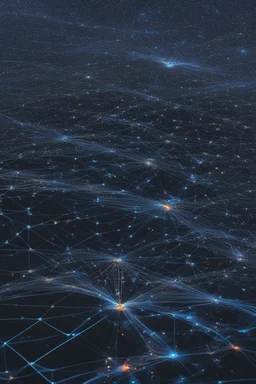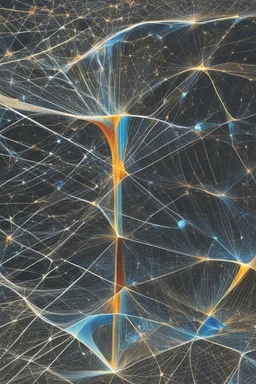

@generalpha
Prompt
Local and global approaches in mathematics and machine learning are both universal approximators, but they differ in the number of parameters required to represent a given function accurately. The entire system, including data, architecture, and loss function, must be considered, as they are interconnected. Data can be noisy or biased, architecture may demand excessive parameters, and the chosen loss function may not align with the desired goal. To address these challenges, practitioners should
doubles, twins, entangled fingers, Worst Quality, ugly, ugly face, watermarks, undetailed, unrealistic, double limbs, worst hands, worst body, Disfigured, double, twin, dialog, book, multiple fingers, deformed, deformity, ugliness, poorly drawn face, extra_limb, extra limbs, bad hands, wrong hands, poorly drawn hands, messy drawing, cropped head, bad anatomy, lowres, extra digit, fewer digit, worst quality, low quality, jpeg artifacts, watermark, missing fingers, cropped, poorly drawn
2 years ago
Model
SSD-1B
Guidance Scale
7
Dimensions
832 × 1248

![[mahematics] In the context of universal approximation, two approaches can achieve similar results but with different parameter requirements. The overall system comprises data, architecture, and a loss function, interconnected by a learning procedure. Responsibilities within the system include acknowledging noisy or biased data, addressing the need for a large number of parameters in the architecture, and overcoming the principal-agent problem in the choice of the loss function.](https://img.stablecog.com/insecure/256w/aHR0cHM6Ly9iLnN0YWJsZWNvZy5jb20vZDJmYjgwZDgtMTQxZC00MmZiLTkwZTktODZmNWRkMzMyYjI2LmpwZWc.webp)





![an image with mathematical surfaces in the background, is warm colours, and on the foreground stochastic trajectories in yellow, with a blinking point at their extremes, maths formula in foreground with a bokeh effect [new tools and workflows for optimal execution]](https://img.stablecog.com/insecure/256w/aHR0cHM6Ly9iLnN0YWJsZWNvZy5jb20vZDNhNzMwMjYtMWMzZi00ZDRmLTgwNDMtNTQ3MmRjMGVhYWIzLmpwZWc.webp)
![[mahematics] In the context of universal approximation, two approaches can achieve similar results but with different parameter requirements. The overall system comprises data, architecture, and a loss function, interconnected by a learning procedure. Responsibilities within the system include acknowledging noisy or biased data, addressing the need for a large number of parameters in the architecture, and overcoming the principal-agent problem in the choice of the loss function.](https://img.stablecog.com/insecure/256w/aHR0cHM6Ly9iLnN0YWJsZWNvZy5jb20vNzE2NTdhMmYtNWI1Ny00MGM5LWFmMzgtODIxNTNjNDA5NmJiLmpwZWc.webp)

![[Tilt-shift photography psychedelic glitched acid trip under steroid] The landscape was a vast network of metal and silicon, resembling a motherboard, with pathways spreading like veins across the system. Electricity surged through these circuits, each serving distinct functions like carrying commands, data, and power, all converging towards central hubs of control. The motherboard pulsed with quiet authority, guiding the flow of information. In the distance, towering structures loomed, represen](https://img.stablecog.com/insecure/256w/aHR0cHM6Ly9iLnN0YWJsZWNvZy5jb20vYjVkYmI0YmYtZGRmZC00YzNiLThmMjctNjFmM2E1MGJkNjdkLmpwZWc.webp)
![digital echoes and virtual realms, Juliette and Romeo's fateful connection transcends the boundaries of a high-tech electronic universe. Juliette, lost in sorrow, weeps in a holographic simulation as Romeo's lifeless avatar rests upon a glowing data tomb, their love immortalized in lines of code. [William S. Burroughs' "The Electronic Revolution"] The curse woven into their digital DNA dictates that Juliette, in her grief, will unknowingly trigger a fatal algorithm, linking her fate to Romeo i](https://img.stablecog.com/insecure/256w/aHR0cHM6Ly9iLnN0YWJsZWNvZy5jb20vNWE0ZmY0NTktYmFlNi00NWYzLWIwMjItOTM2NzgzZGM4OGVmLmpwZWc.webp)